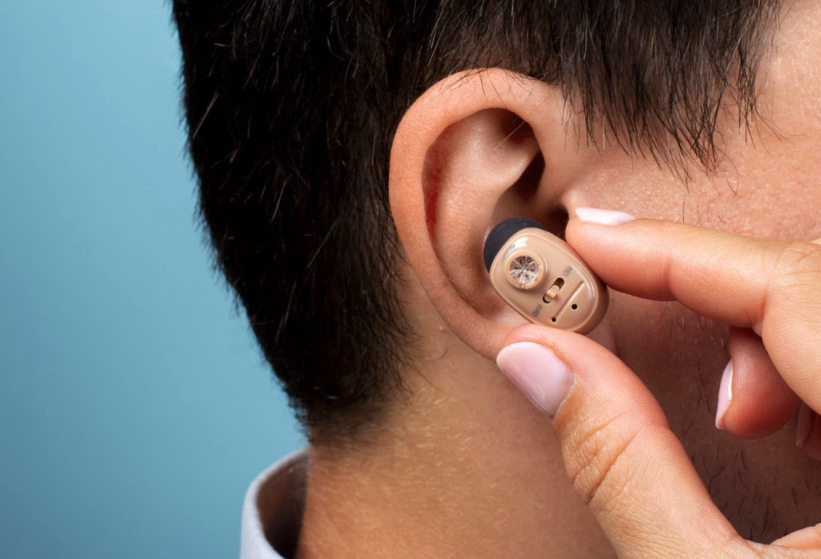Introduction
Comfort wins in aviation because comfortable gear gets used consistently. Crew-tested earplugs that remain comfortable for a full duty day change how pilots and cabin staff feel by the end of a rotation. When protection stays in place and lets speech through, it becomes invisible, and that’s the real goal. This piece covers tested solutions crews rely on and why comfort often matters more than a spec sheet.
What crews test for first
When crews evaluate gear, the first test is simple: can I wear these for eight to twelve hours without thinking about them? If the answer is no, it fails. Comfortable plugs keep their seal without pressing into the ear canal or causing soreness. For many, that means moving away from cheap foam and toward options designed for aviation acoustics and long wear. That’s why experienced teams often recommend the best airplane earplugs they trust after months of practical use.
Sustained comfort without sacrificing protection
A common worry is that comfort means weaker protection. That’s not necessarily true. Well-designed earplugs use materials and shapes that distribute contact pressure while providing effective attenuation. The result is protection that doesn’t fatigue the wearer. Pilots wearing these solutions report fewer mid-flight adjustments and more mental bandwidth for flying, which is a major operational win.
Speech intelligibility during long shifts
Comfort is only useful if communications remain clear. Crew-tested options are evaluated for how they preserve speech frequencies over long hours. The best earplugs for aircraft noise combine attenuation of harmful tones with a passband for human voice, so ATC and crew calls remain intelligible. That balance is crucial for safety and for reducing the need to increase headset volume.
Fit, materials, and real-world durability
Real crews care about how a product feels after repeated cleaning and repeated use. Materials that resist sweat and oils, and shapes that maintain fit across hundreds of insertions, last longer in an operational setting. Durability also affects hygiene protocols, if plugs can be cleaned without losing shape, they’re more likely to be reused safely. That durability is a key reason many operators standardize on a particular model.
Buying versus testing in your operation
If you’re deciding what to use across a crew, don’t just read specs. Trial programs and pilot feedback are valuable. Let different crew members test options during training flights or low-risk rotations. Record the feedback and look for common complaints or praise points. Trusted crew input often flags real problems that lab numbers miss and points you toward the best airplane earplugs for your team.
Small operational habits that improve comfort
Simple habits make a difference. Change tips when they show wear, follow cleaning guidelines, and store plugs in protective cases when not in use. Rotate between different tip sizes if you feel pressure changes, and keep a backup in your kit. These small routines keep comfort high and performance reliable across long rotations.
Why crew recommendations matter
Crew recommendations come from repeated exposure. A model that works well in a single test flight may not hold up over weeks of schedules, but gear that’s recommended by crews has proven itself in daily operations. Pilots and cabin staff prefer products that reduce cumulative strain and integrate with headsets without forcing compromise.
Conclusion
Comfort is the single most practical quality for earplugs used in long aviation shifts. Crew-tested models that combine wearability, speech preservation, and durability earn their place in flight bags because they get used without fuss. If you’re choosing protection for a team or for yourself, prioritize real-world trials and crew feedback. Select the best earplugs for aircraft noise that your crew can wear all day, and you’ll see the benefits in reduced fatigue and clearer communications.









Leave a Reply